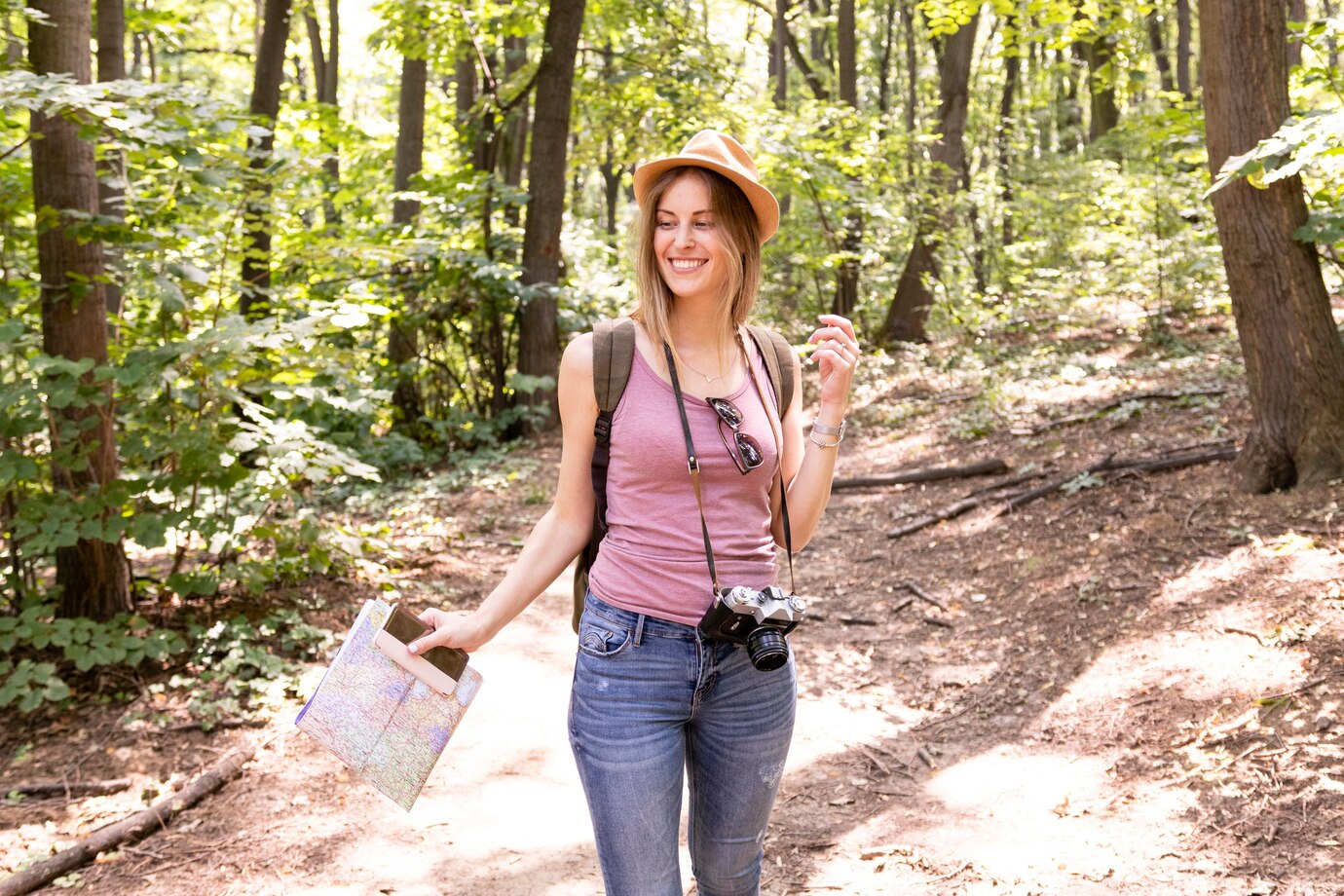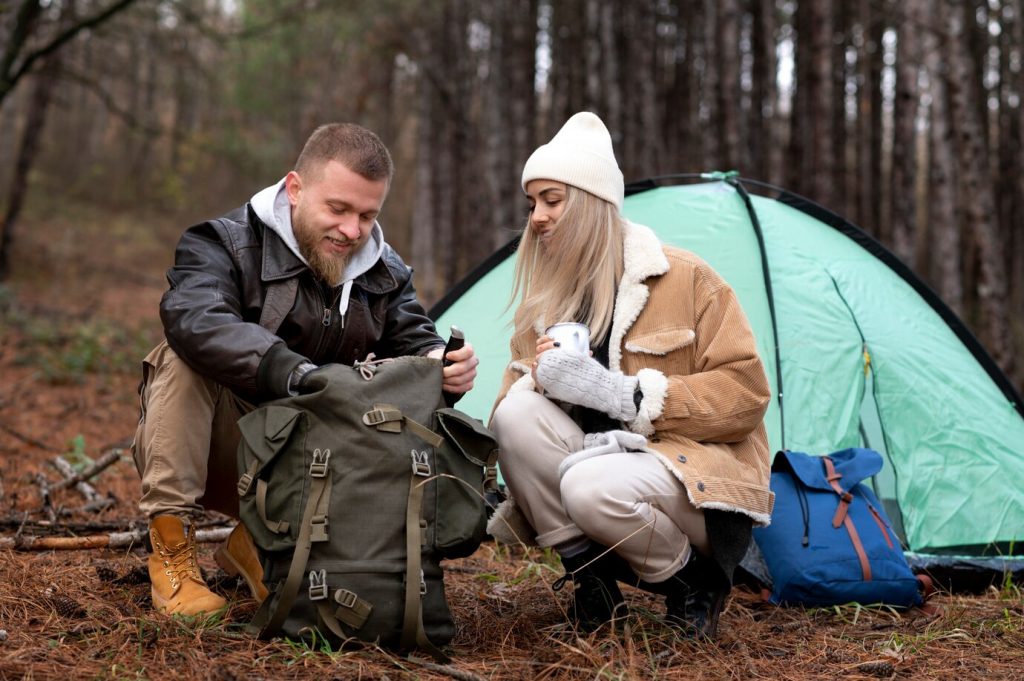
How to Choose the Best Hiking Gear for Your Adventure

Hiking is one of the most rewarding outdoor activities, but to enjoy it to the fullest, having the right gear is crucial. Whether you’re planning a short day hike or a multi-day trekking expedition, choosing the proper hiking gear ensures your safety, comfort, and overall enjoyment. Here’s a guide to help you pick the best hiking gear for your next adventure.
1. Hiking Boots – The Foundation of Your Gear
When it comes to hiking, your footwear is the most important piece of gear you’ll need. Proper hiking boots provide support, stability, and protection for your feet as you navigate rugged terrain. Look for boots that are lightweight, waterproof, and offer a good balance of cushion and support.
What to Look For:
Fit: Make sure your boots fit snugly around your toes and heels without being too tight. Your feet will swell as you hike, so consider trying on boots later in the day when your feet are at their largest.
Waterproofing: Waterproof boots are essential for wet conditions. They help keep your feet dry, preventing blisters and discomfort.
Traction: Choose boots with sturdy soles that provide excellent traction for slippery or uneven surfaces.
Image Suggestion: A pair of sturdy hiking boots on a rocky trail, emphasizing comfort and durability.
2. Backpacks – Carrying Your Essentials
A good hiking backpack will help you carry all the essentials you need for your adventure. It should have enough space to hold food, water, a first-aid kit, a map, and any extra clothing layers. When selecting a backpack, consider the length of your hike and the amount of gear you’ll need to carry.
What to Look For:
Capacity: For day hikes, a backpack with a 20-30L capacity is sufficient. For multi-day treks, look for larger backpacks in the 50-70L range.
Fit and Comfort: Ensure the backpack has adjustable straps and padding to fit your body comfortably. Look for a backpack with a hip belt to distribute weight evenly.
Hydration System: Many hiking backpacks come with hydration reservoirs or water bladder compartments, which make drinking water on the go easy and convenient.
3. Clothing – Dress for Success
When it comes to hiking, layering is key to staying comfortable in changing weather conditions. The right clothing can help regulate your body temperature and protect you from the elements.
What to Wear:
Base Layer: A moisture-wicking base layer is essential to keep sweat away from your skin, keeping you dry and warm.
Mid Layer: A lightweight fleece or insulated jacket is perfect for providing warmth during colder conditions.
Outer Layer: A waterproof and windproof jacket will protect you from rain and wind. Look for breathable fabrics to keep sweat from building up.
What to Avoid:
Cotton clothing, as it absorbs moisture and takes a long time to dry, which can leave you feeling cold and uncomfortable. Stick to synthetic materials or merino wool for better performance.
4. Hiking Poles – Stability and Support
Hiking poles are an excellent addition to your gear, especially when trekking over rough or uneven terrain. They provide stability and reduce the impact on your knees and joints, particularly during downhill hikes.
What to Look For:
Adjustability: Look for adjustable poles that can be extended or shortened based on your height and the terrain.
Grip: Choose poles with comfortable grips made of cork or foam, which reduce hand fatigue.
Durability: Opt for poles made from lightweight yet durable materials such as carbon fiber or aluminum.
5. Navigation Tools – Stay on Track
Whether you’re heading into the mountains or through dense forests, navigation tools are essential to ensure you don’t get lost. In addition to traditional maps, a compass or GPS device can help you find your way if you stray off the path.
What to Bring:
Map and Compass: Always have a physical map and a compass, especially if you’re hiking in remote areas where GPS signals may be weak.
GPS Device or Hiking App: Many hikers use GPS devices or smartphone apps to track their route and ensure they stay on course.
6. Safety Gear – Be Prepared for Anything
It’s important to be prepared for emergencies, especially if you’re hiking in remote or unfamiliar areas. Some essential safety gear includes a first-aid kit, a whistle, a multi-tool, and a headlamp for night hikes.
What to Pack:
First-Aid Kit: Ensure your kit includes bandages, antiseptic wipes, blister treatment, and any personal medications.
Whistle: A whistle is an essential signaling tool if you get lost or need help.
Headlamp: A headlamp is better than a flashlight because it frees up your hands for tasks like setting up camp or navigating tricky trails in the dark.
Conclusion: Gear Up for Your Next Adventure
Choosing the right hiking gear is crucial to having an enjoyable and safe adventure. From selecting the perfect pair of boots to packing the essentials, proper preparation can make all the difference. Make sure you invest in quality gear that suits your needs and the conditions of the trails you’ll be hiking.
Remember, a successful hiking trip begins with the right gear. So, pack wisely, stay safe, and get ready to explore the great outdoors with confidence.
1. Banff National Park – Canada
Banff National Park is a true gem of the Canadian Rockies, offering several beginner-friendly trails that are as stunning as they are accessible. One of the most popular easy hikes in Banff is the Johnston Canyon Trail. This 3.1-mile trail leads you to beautiful waterfalls, passing through a narrow canyon with striking turquoise waters. The trail is well-maintained and suitable for anyone looking to experience the natural beauty of the park without too much effort.
Why It’s Great for Beginners:
With easy terrain and breathtaking views, Banff provides an excellent introduction to the world of hiking. Plus, the park is easily accessible from the nearby town of Banff, where you can find plenty of amenities and accommodations.
2. Yosemite National Park – USA
Yosemite National Park in California is a must-see destination for nature lovers and hikers alike. The Mirror Lake Trail is a short, relatively flat 2-mile hike that offers spectacular views of Yosemite Valley and Half Dome. It’s perfect for beginners who want to experience the grandeur of the park without taking on challenging terrain.
Why It’s Great for Beginners:
Yosemite is famous for its iconic landscapes, and the Mirror Lake Trail allows hikers to experience them up close. The trail is well-marked, and the hike itself is easy to moderate, making it suitable for first-time hikers.


